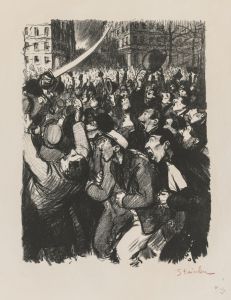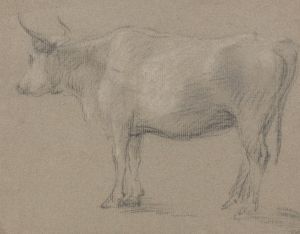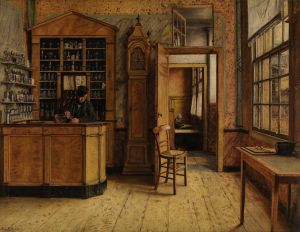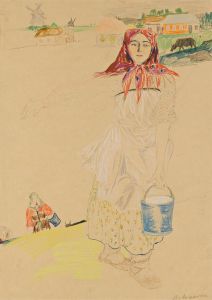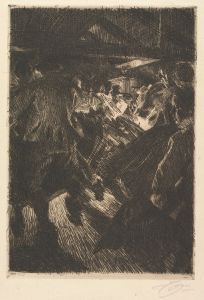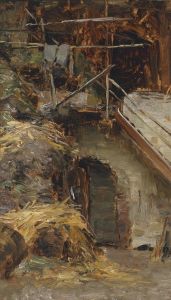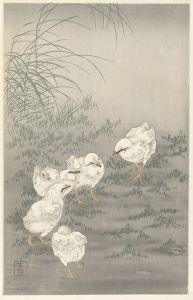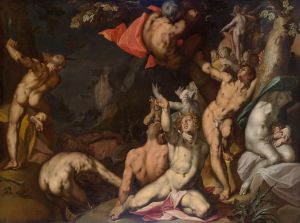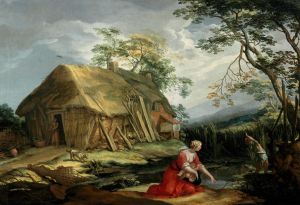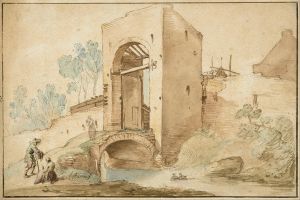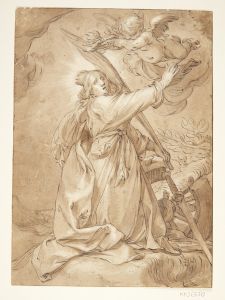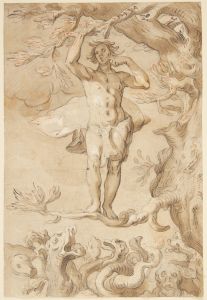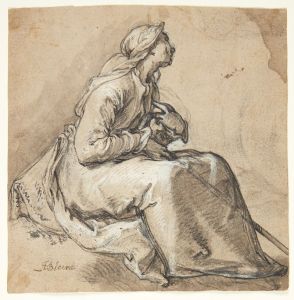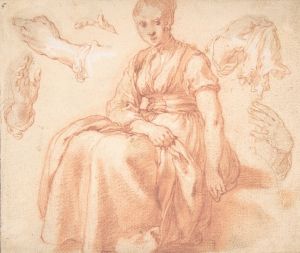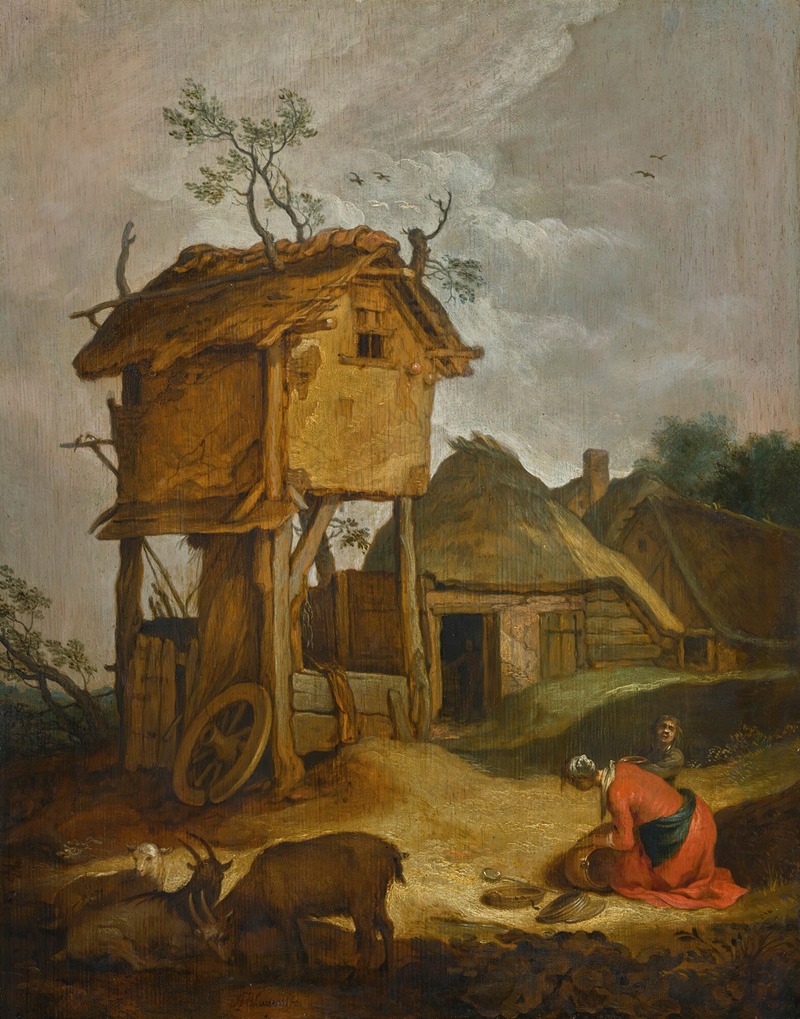
Farmyard with dovecote
A hand-painted replica of Abraham Bloemaert’s masterpiece Farmyard with dovecote, meticulously crafted by professional artists to capture the true essence of the original. Each piece is created with museum-quality canvas and rare mineral pigments, carefully painted by experienced artists with delicate brushstrokes and rich, layered colors to perfectly recreate the texture of the original artwork. Unlike machine-printed reproductions, this hand-painted version brings the painting to life, infused with the artist’s emotions and skill in every stroke. Whether for personal collection or home decoration, it instantly elevates the artistic atmosphere of any space.
"Farmyard with Dovecote" is a painting by the Dutch artist Abraham Bloemaert, a prominent figure in the Northern Mannerism movement and later a key contributor to the Dutch Baroque style. Bloemaert was born in 1566 in Gorinchem, the Netherlands, and he became known for his versatility in various genres, including history paintings, landscapes, and genre scenes. His work is characterized by its dynamic compositions, vibrant colors, and detailed depictions of nature and everyday life.
The painting "Farmyard with Dovecote" exemplifies Bloemaert's skill in capturing rural scenes with a sense of realism and charm. Although specific details about the painting's creation date are not widely documented, it is generally attributed to the early 17th century, a period when Bloemaert was highly active and productive.
In "Farmyard with Dovecote," Bloemaert presents a tranquil rural setting, featuring a dovecote, which is a structure intended to house pigeons or doves. The inclusion of a dovecote in the painting is significant, as it was a common feature in the rural landscapes of the Netherlands during this period. Dovecotes were often associated with agricultural prosperity and were a symbol of peace and domesticity.
The composition of the painting is carefully arranged to draw the viewer's eye across the scene. Bloemaert's use of light and shadow adds depth and dimension to the work, highlighting the textures of the farmyard and the surrounding landscape. The painting captures a moment of everyday life, with figures engaged in various activities, possibly tending to the animals or working the land. This focus on daily life and the natural environment reflects the broader trends in Dutch art during the 17th century, where there was a growing interest in genre scenes and landscapes.
Bloemaert's attention to detail is evident in the rendering of the animals and the architecture of the dovecote. His ability to depict the subtleties of light and texture demonstrates his mastery of the oil painting medium. The painting's palette is rich and varied, with earthy tones that enhance the naturalistic quality of the scene.
As a teacher and mentor, Bloemaert influenced a generation of artists, including his own sons, Hendrick and Cornelis Bloemaert, as well as other notable painters such as Gerard van Honthorst and Jan Both. His impact on the development of Dutch art was significant, and his works continue to be studied and appreciated for their contribution to the artistic heritage of the Netherlands.
"Farmyard with Dovecote" is an example of Bloemaert's ability to blend elements of realism with the idealized beauty characteristic of the Mannerist style. The painting remains a testament to his skill as an artist and his keen observation of the world around him. Today, Bloemaert's works can be found in various museums and collections, where they continue to be admired for their artistic and historical significance.





